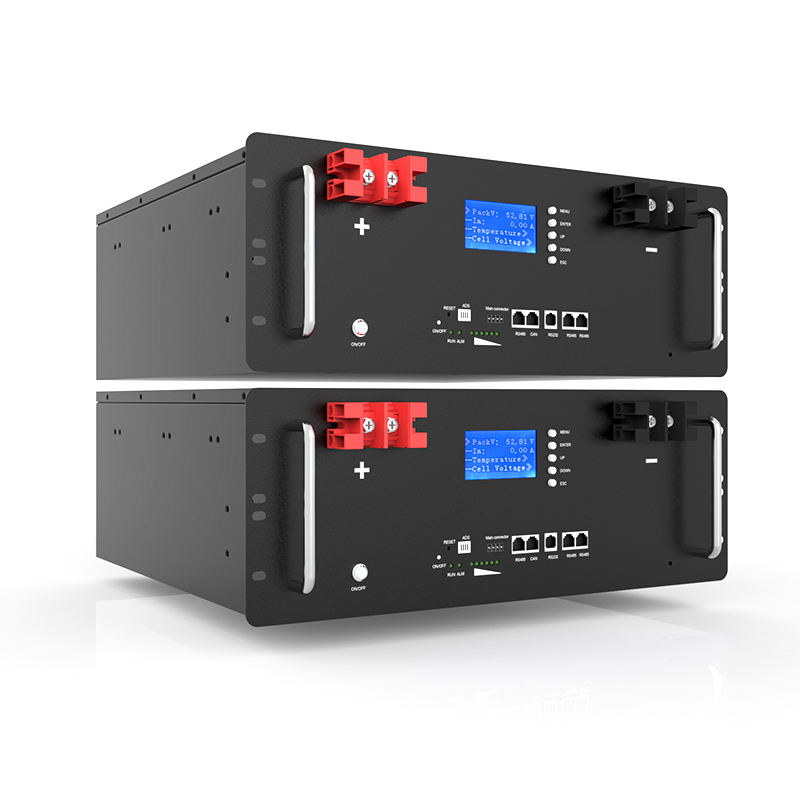(1) it has electronic insulation to ensure the mechanical isolation of positive and negative poles;
(2) the porosity ensures low resistance and high ionic conductivity, and has good permeability to lithium ion;
(3) the solvent of electrolyte is strong polar organic compound, which has enough chemical and electrochemical stability.
(4) it has good wettability of electrolyte and strong ability of absorbing and moisturizing.
(5) high mechanical stability, including puncture strength and tensile strength, but the thickness is as small as possible;
(6) good space stability and integrity;
(7) good thermal stability and automatic shutdown protection performance;
(8) the heating shrinkage is small, otherwise it will cause short circuit and lead to thermal runaway of battery. In addition, the power battery usually uses composite membrane, which has higher requirements on the membrane.
Related News
- 200Ah battery
- Can ternary lithium battery and lithium-ion battery chargers be used interchangeably?
- Two-wheeled electric vehicles 100 km mileage secret: 48V, 60V, 72V with the battery size?
- Key Advantages of Sodium Batteries in Automotive Starting Systems
- What is the difference between a prismatic and cylindrical lithium battery?
- The benefits of battery management systems
- Application of lithium-ion battery packs in household and commercial energy storage
- How long is the real life of lithium iron phosphate battery ?
- What are 48V lithium batteries for?
- Detailed explanation of the working principle of energy storage battery system!







